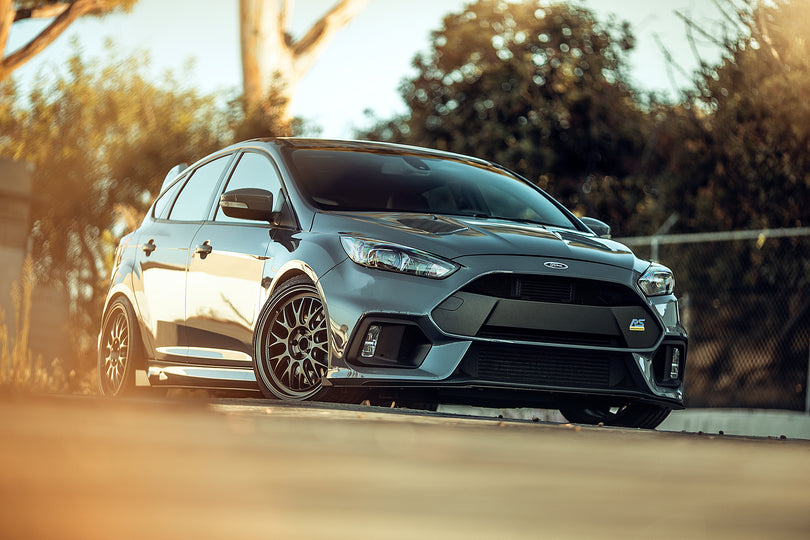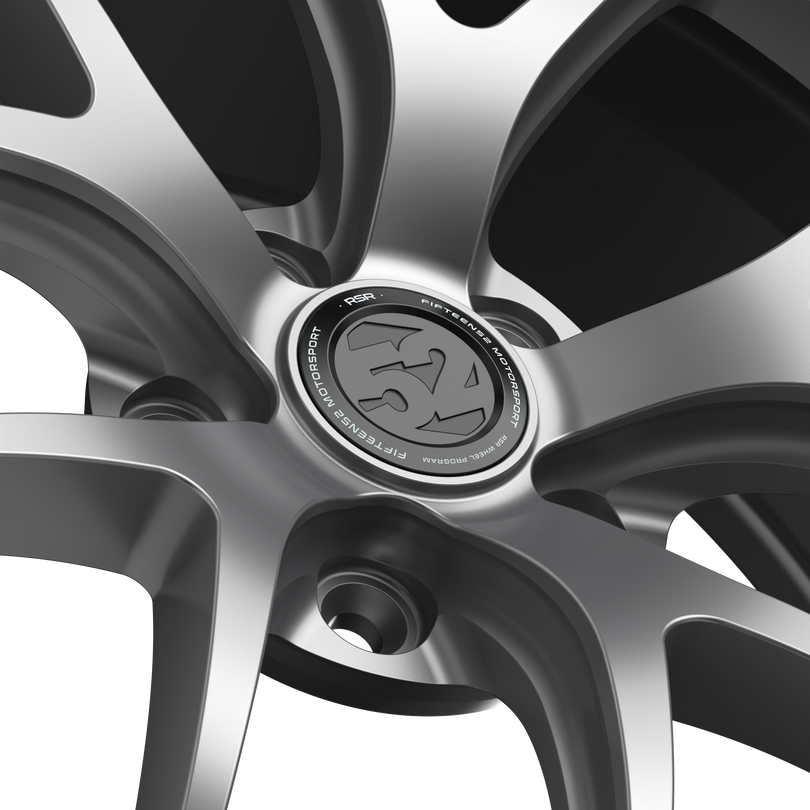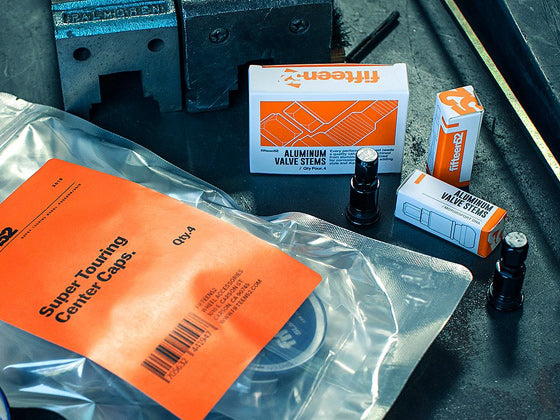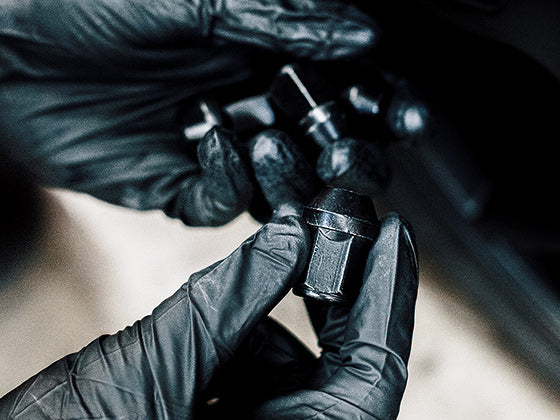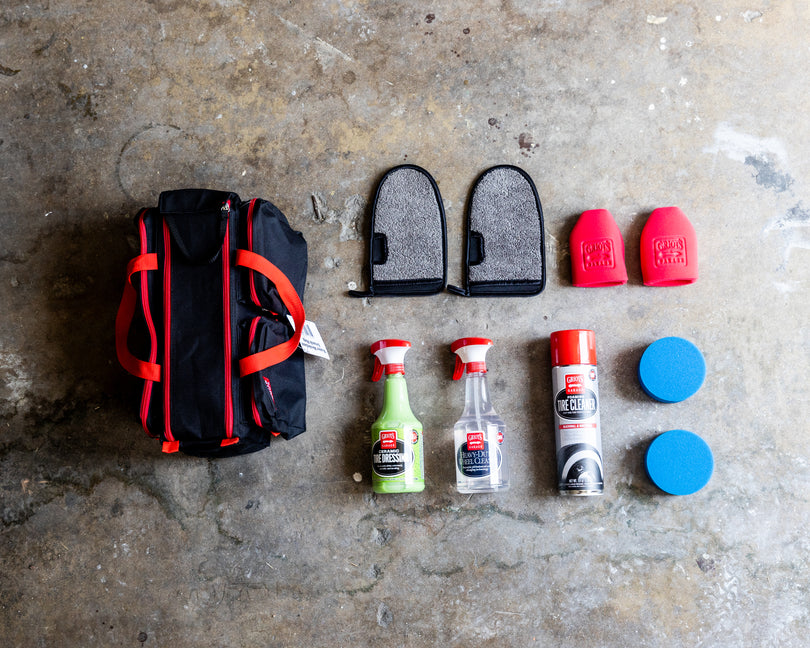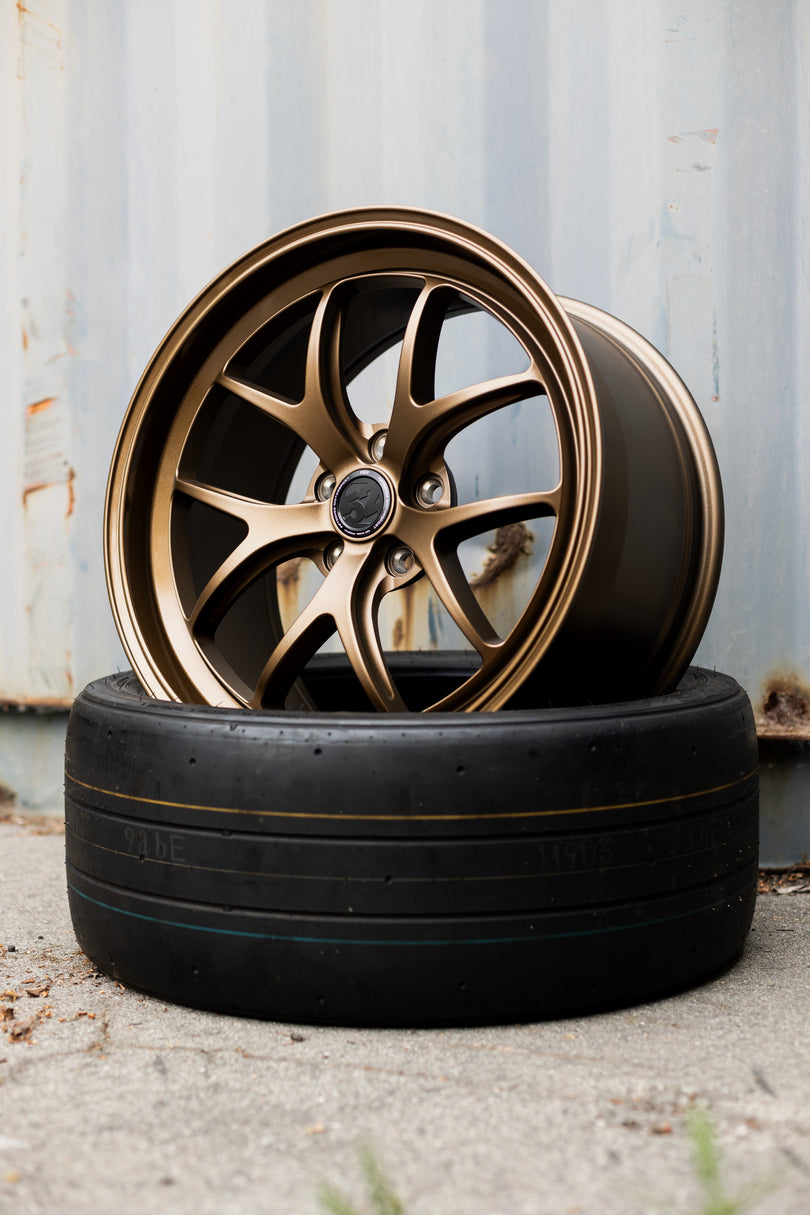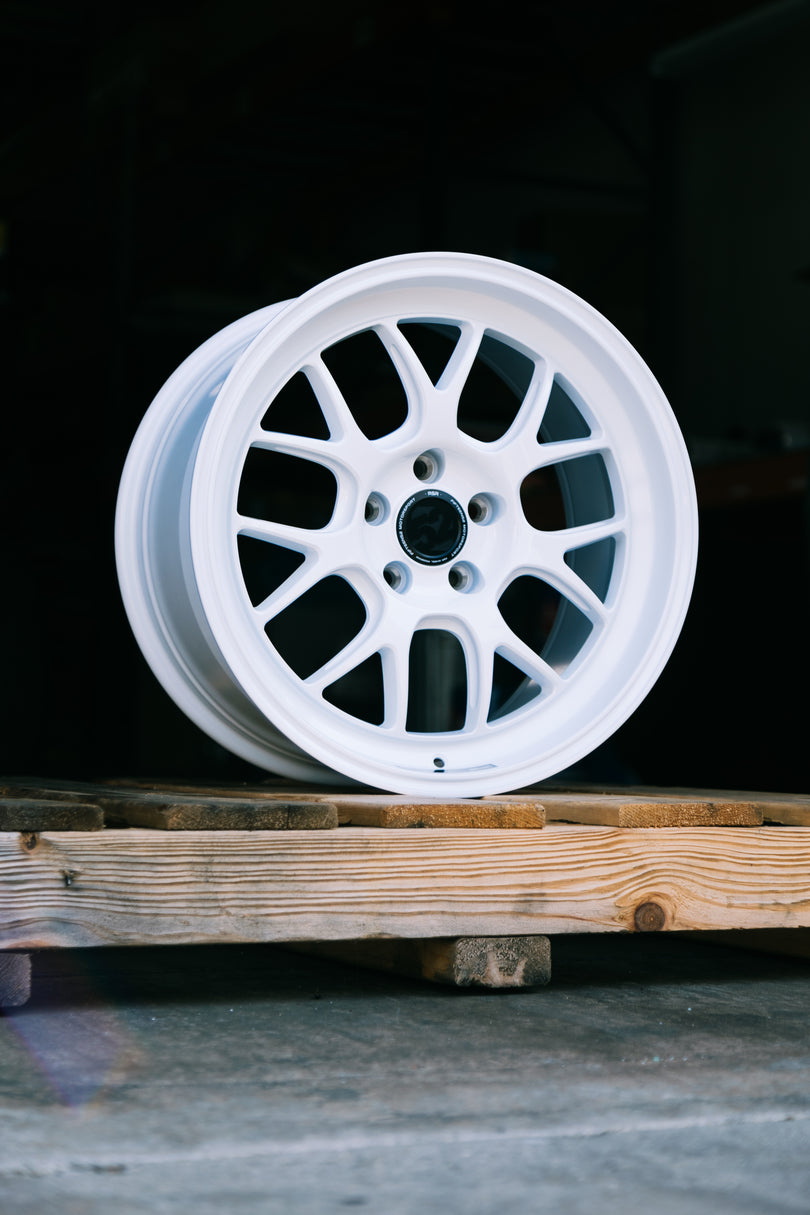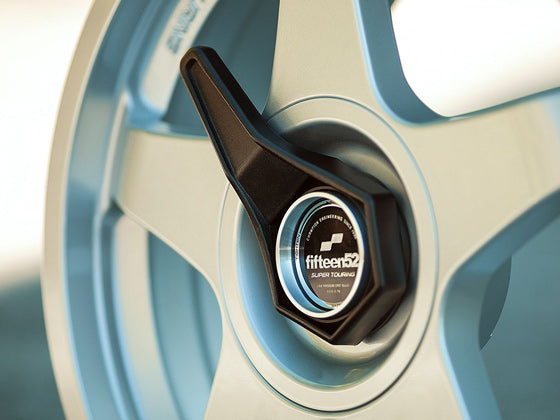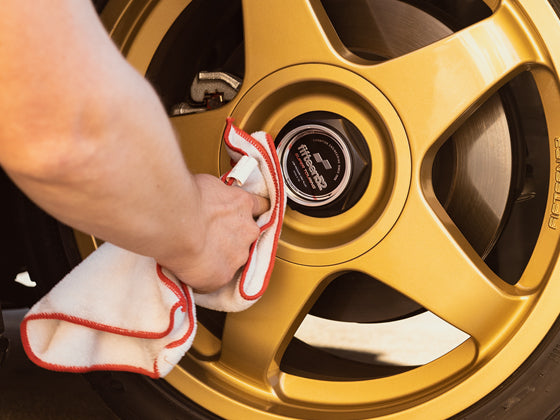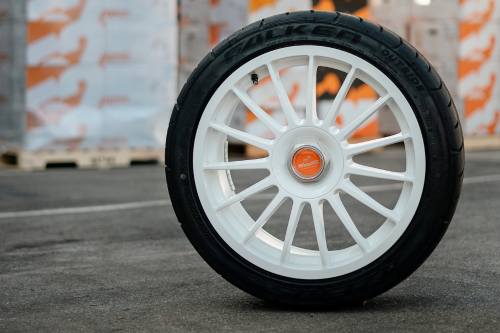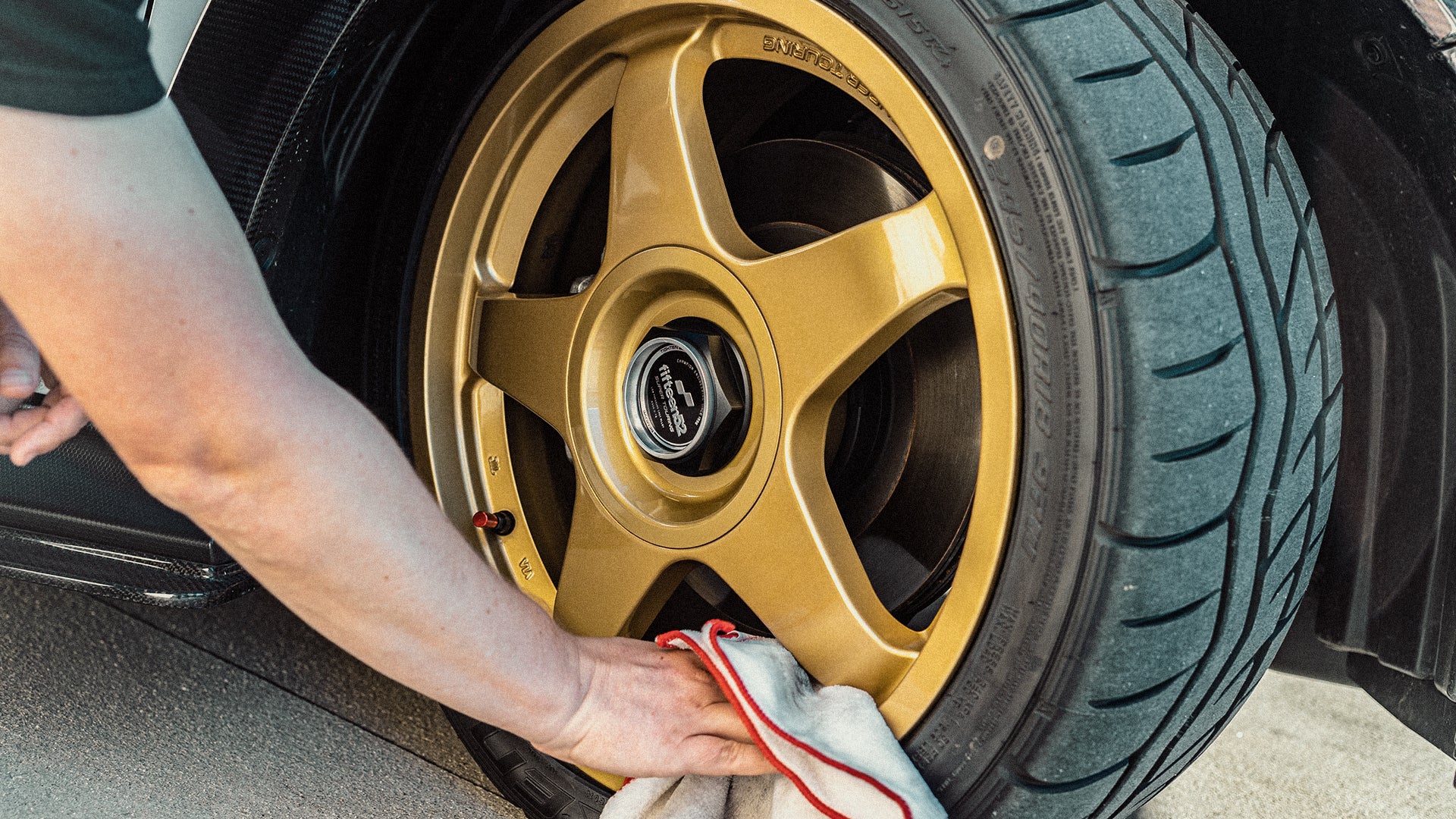Everything You Need to Know About Offsets & Why They Matter.
So, you’re looking to change the look and feel of your vehicle by upgrading your wheels? We’re here for it and it’s a fantastic move, but before you dive in, let's chat about an essential detail that can significantly impact your ride: wheel offsets. Though it may sound technical, we promise it's not as complex as it seems. Let’s break it down.
What's a Wheel Offset?
To put it simply, a wheel offset is the distance from the middle of your wheel to the surface where it bolts onto your vehicle's hub. Think of it as how your wheel aligns or "offsets" with your vehicle's axle. It's measured in millimeters, and it's crucial for ensuring your new wheels fit correctly without causing any handling or safety issues.Types of Offsets
There are three kinds of wheel offsets - positive, negative, and zero.Zero Offset: The wheel's mounting surface is bang in the middle. Picture a pancake on a plate - the center of the pancake matches the center of the plate.
Positive Offset: The mounting surface is closer to the front (the outside edge) of the wheel. This means the wheel is tucked in more towards the body of the car. It's like tucking your feet under a chair when you sit down.
Negative Offset: The mounting surface is towards the back, or inside edge, of the wheel, causing the wheel to extend more from the car body. Imagine leaning back in your chair with your feet sticking out.
Each type of offset impacts your vehicle's look and performance in unique ways – it's all about personal preference and what you want your ride to be.

Positive Offsets are often seen on sedans, sports cars, and many modern vehicles. A higher positive offset tucks the wheels further into the wheel well, aligning them closely with the vehicle body. This provides a sleek, streamlined look, and helps maintain factory-installed handling characteristics. It can also improve fuel economy due to reduced aerodynamic drag.
Zero Offsets are a balance between positive and negative, often seen in trucks and some SUVs. The wheels sit flush with the vehicle's body, providing a tough, robust stance without the wheels protruding too much. This is a great choice if you're looking for a balance between an aggressive and factory-style appearance and our Analog HD Wheel is a perfect fit.
Negative Offsets provide that "stanced" or "aggressive" look, popular in specific car cultures. The wheels and tires protrude from the body of the vehicle, providing a wider, more dominating stance. While it can slightly alter the handling due to increased steering effort, many drivers love the unique, head-turning aesthetics it offers.
Remember, each setup has its unique benefits and can cater to different driving styles and aesthetic preferences. The goal is to make your vehicle an extension of you!

Offsets Over Time
Historically, older cars usually had negative offsets because they had more straightforward suspension setups and larger wheel wells. But as automotive design evolved and became more complex, car manufacturers started using positive offsets to match the design and suspension of modern vehicles. In recent years, we've seen a trend toward larger positive offsets in most passenger cars and many CUVs, while trucks and some SUVs still use zero offsets. Negative offsets have their place too, but with modern automotive designs, it’s a more complicated change to make.The Importance of Offsets
Choosing the right offset is crucial. An overly positive offset might cause your tires to rub against your car's suspension or inner fender, and if it's too negative, your tires could stick out from your car's body. Both scenarios can lead to safety issues and prematurely worn-out tires.Offset Options from fifteen52
At fifteen52, we cater to a variety of preferences and vehicle types.For our truck-loving friends, we offer ET0 (Patrol HD) and ET25 (Analog HD 17x8). These ensure your ride is ready for any rugged adventure.
If you're a CUV owner, we have ET20 (Alpen MX), ET34, and ET38 (Metrix MX). These offer a refined balance between style and function.
For car enthusiasts, we offer ET30 (Tarmac), ET35 (Apex), ET40 (Alpen SV), ET42 (Comp) and ET45 (Holeshot RSR). These keep your wheels nicely aligned with the body of your car, ensuring smooth handling and a sleek look.
So, as you explore your next wheel upgrade, remember that your choice of offset is a key ingredient to expressing your personality and style through your vehicle and it can make the difference between a dream ride and a literal drag. Now, next time you're browsing our wheel selection, you'll know what those offset numbers mean.
With all this in mind, enjoy shopping for your next wheel upgrade, knowing you're making an informed decision!

